Experiencing Eastern Bosnia: Srebrenica
Experiencing Eastern Bosnia: Srebrenica
Visiting the Memorial in Srebrenica
Last week, the Global kids traveled from Florence, Italy, to Bosnia and Herzegovina. BiH is a country right smack in the middle of the Balkans, and was part of the former Yugoslavia. It may seem like a random place to travel to, because it kind of is, but it is also an incredibly important place for global studies students to visit for many reasons.
One of these primary reasons is the war that took place in the newly independent Bosnia and Herzegovina from 1992-1995 and the genocide that took place in Eastern Bosnia in July of 1995. We spent the majority of our first week listening to lectures about what took place here, and then we traveled to Eastern Bosnia over the weekend to get a personal look at what took place there.
Our first stop was the Srebrenica (Sehr-brehn-eats-uh) Genocide Memorial Museum, which is located inside the former United Nations peacekeeper operations building. Here, we watched a video showing clips and giving information about the genocide that took place there from the 11th through the 22nd of July, 1995. We also read through information in the comprehensive displays and listened to our guide give her personal account of the genocide, through which she lost her father, grandfather, and 26 cousins. The video was gut wrenching, especially because the videos were in color and the people wore modern clothing, putting it further into perspective that this horrible event was so recent. The information presented was infuriating because it laid out the ways the United Nations royally f***ed up and completely failed in preventing these atrocities. As a whole, the Genocide Memorial Museum is very eye opening, provides a lot of valuable information, and allows for Bosnians and international travelers alike to learn about something that largely goes un-talked about, and that is missing from many history textbooks in U.S. public schools.
These two very short videos can explain the war and conflict better and more concisely than I ever could, and I highly encourage that you watch them!
- A two-minute breakdown of the Srebrenica genocide
- A two-minute breakdown of the Bosnian war and the Dayton Accords that served as a peace agreement – this is crucial background info!
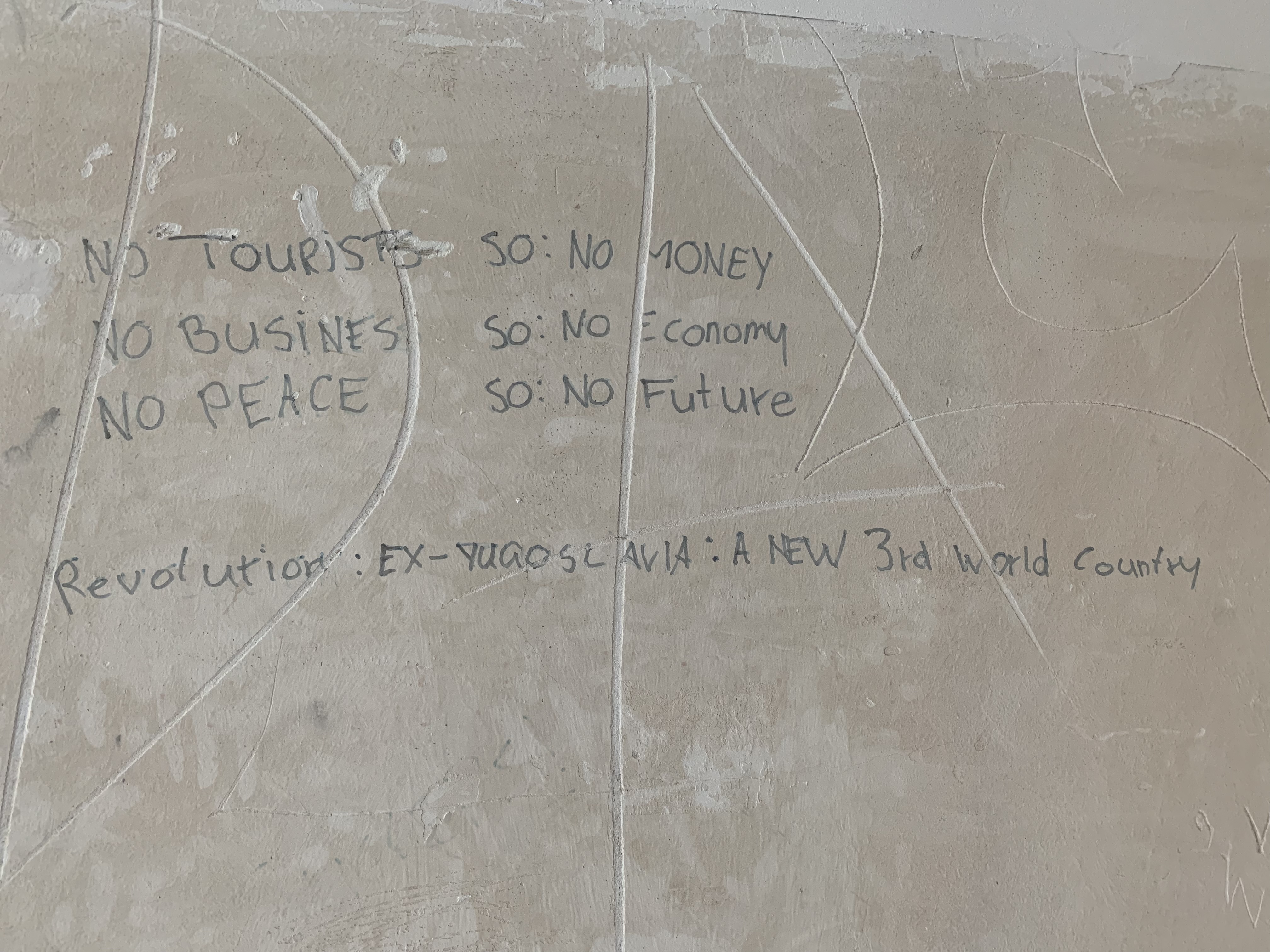
Graffiti on the walls of the former UN Peacekeeping operation in Srebrenica and the current Srebrenica Genocide Memorial Museum
After wrapping up at the museum, we walked to the building where refugees during the genocide were held, which now displays photos from the war and the genocide. The space is hauntingly empty save for the photos on the walls and two black boxes in the middle that have photos and belongings from men that lost their lives. The space was also used to house the identical coffins of hundreds of men before they were buried in the memorial cemetery across the street. Over 8,000 people, primarily men and boys, lost their lives that July of 1995, and many are buried right by the Memorial Museum.
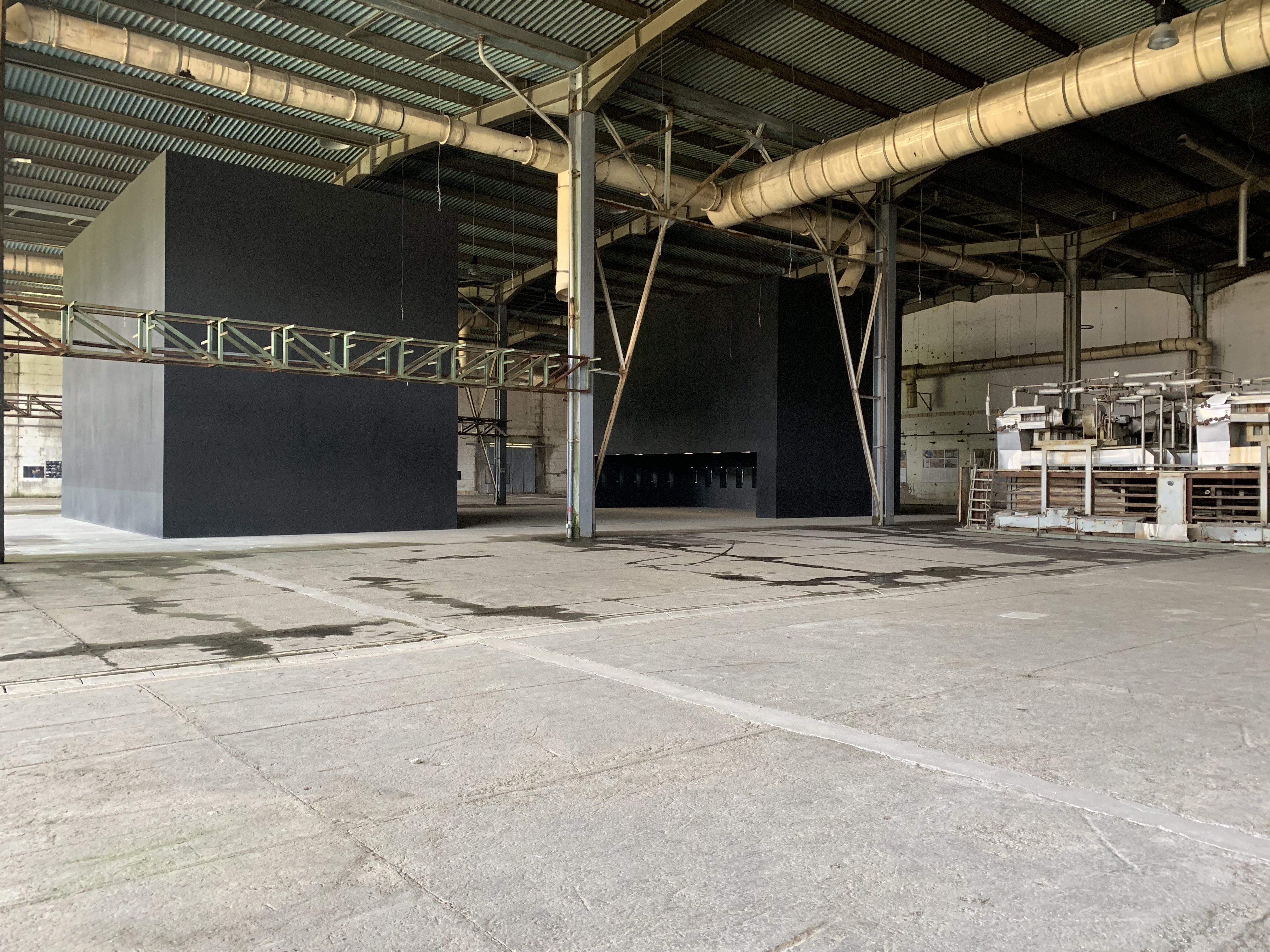
The building where refugees were held during the genocide of 1995
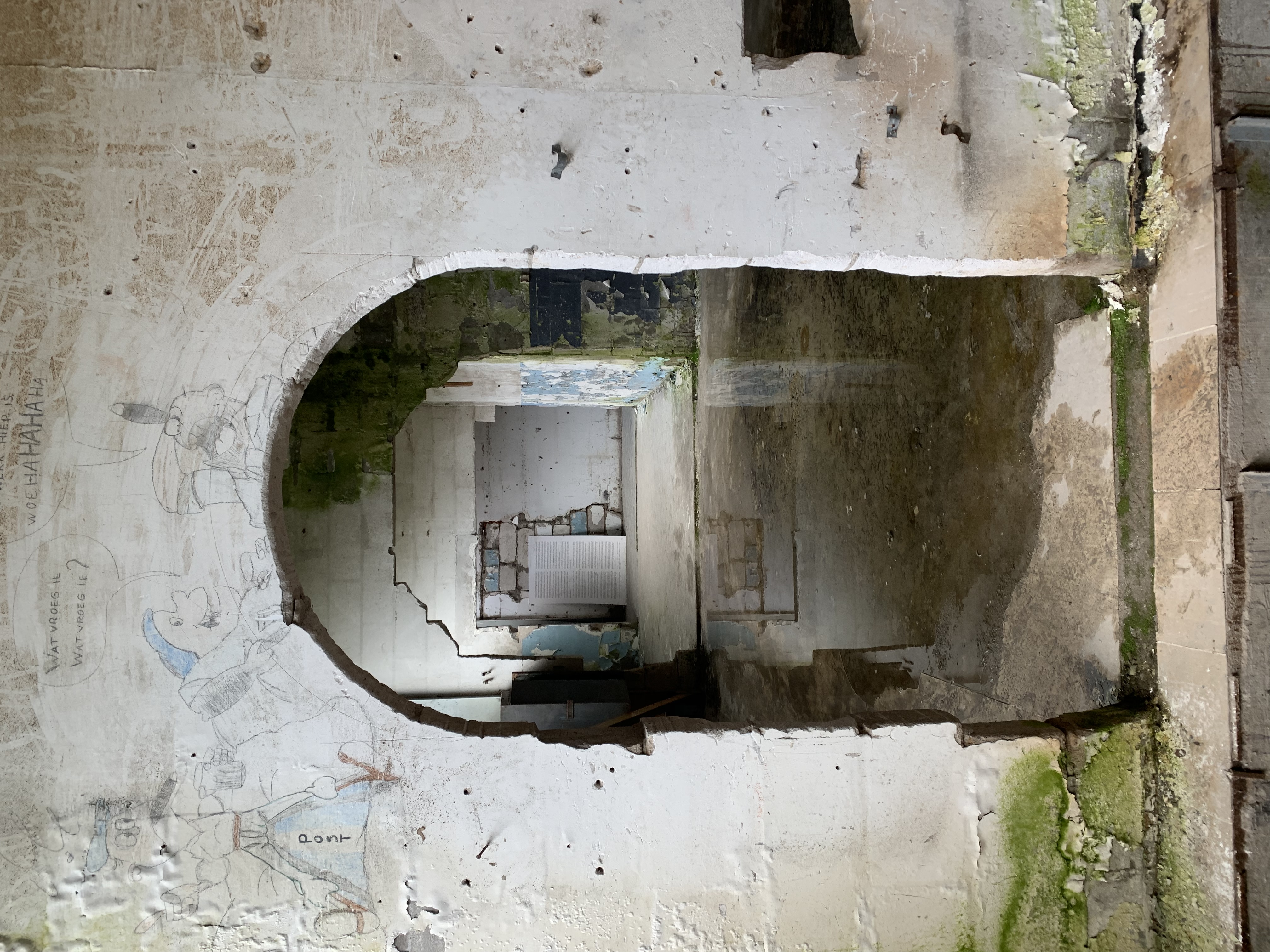
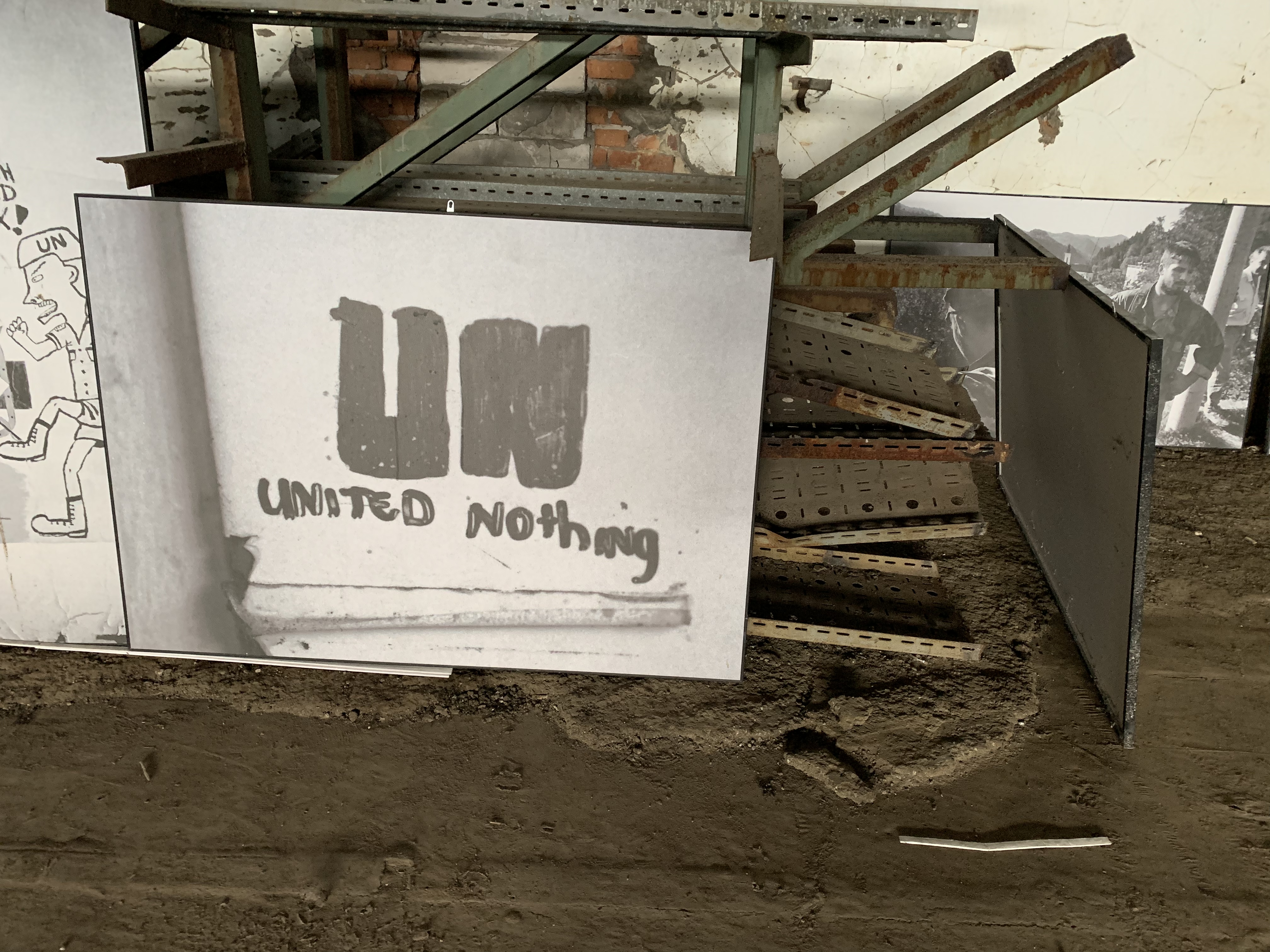
United Nothing, a popular sentiment surrounding the United Nation’s role in the Bosnian genocide
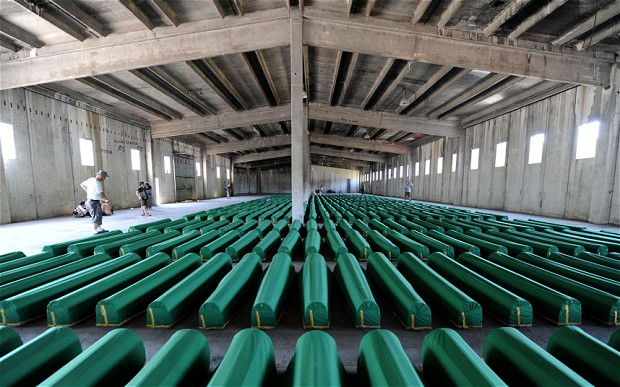
A haunting image of coffins of genocide victims lined up in the building that held refugees. Credit Telegraph UK
We walked over to the cemetery with scarves covering the girls’ heads as a sign of respect for the Muslim Bosnians that were killed, and we soberly walked among the hundreds of identical white, stone markers that lined the graves. Some graves were marked with wooden, green markers because they are fresh. There are still remains from the genocide being found as mass graves are continually being exhumed. Some families are still waiting for word that their loved ones have been found.
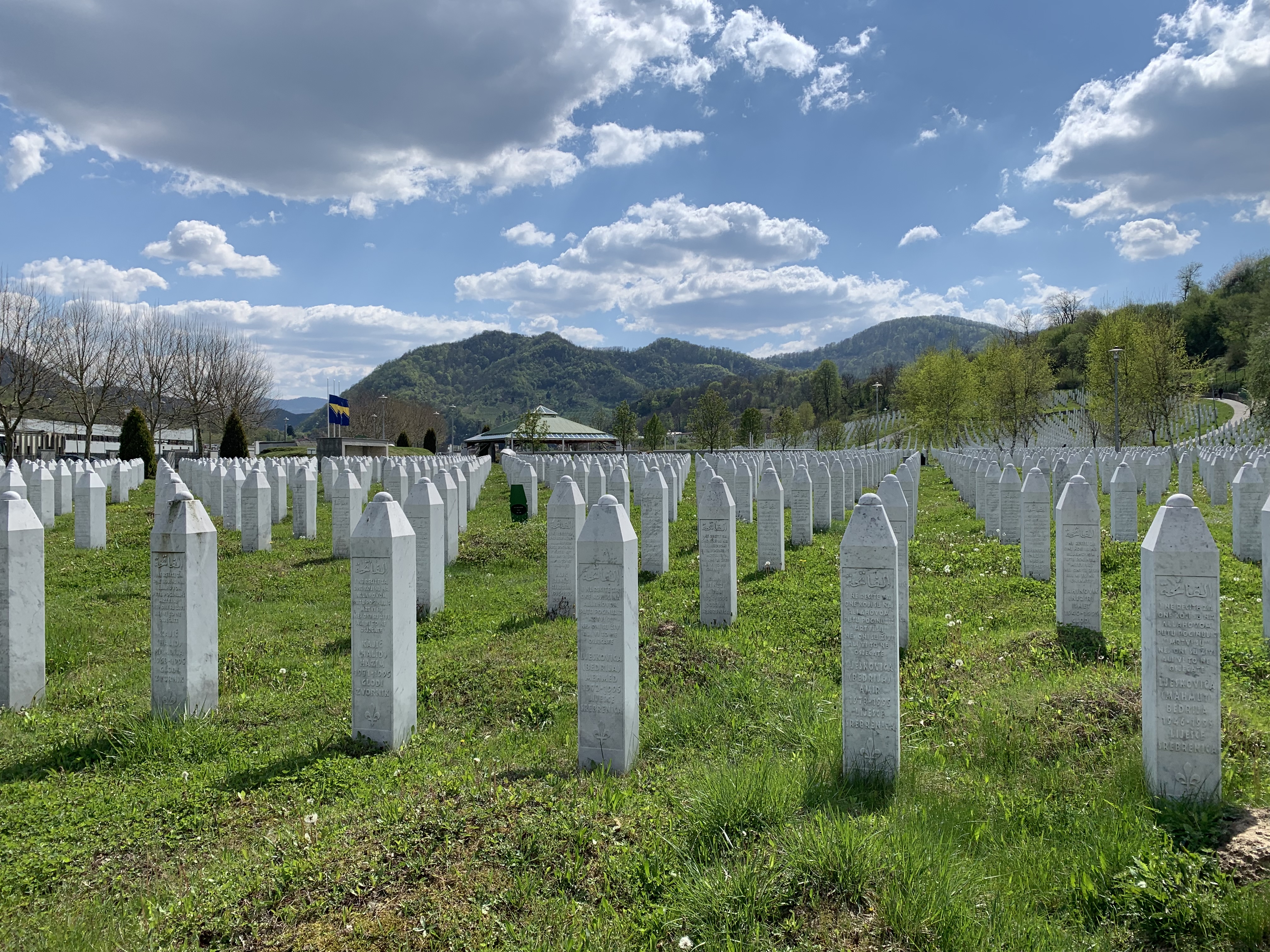
The cemetery of victims of the genocide in Srebrenica
Following the cemetery, we walked to the bus in a sort of daze, unable to fully wrap our minds around how humans can be so utterly terrible and commit such acts. I felt similarly then to how I felt visiting Auschwitz this past January. We then drove to the nearby village of Klotjevac (kloh-t-yeh-vutz) to spend time with a family there that experienced the genocide and returned to their home and life in Eastern Bosnia following the war.
Staying in Klotjevac
Klotjevac, Bosnia and Herzegovina is one of the most beautiful places I have ever seen in my life, and I have been to a lot of stunning places. This tiny village is perched up on hills on top a lake that serves as the border between Bosnia and Serbia. This proximity to Serbia made Klotjevac a prime target for artillery shelling early on in the war as well as a target for ethnic cleansing during the genocide.
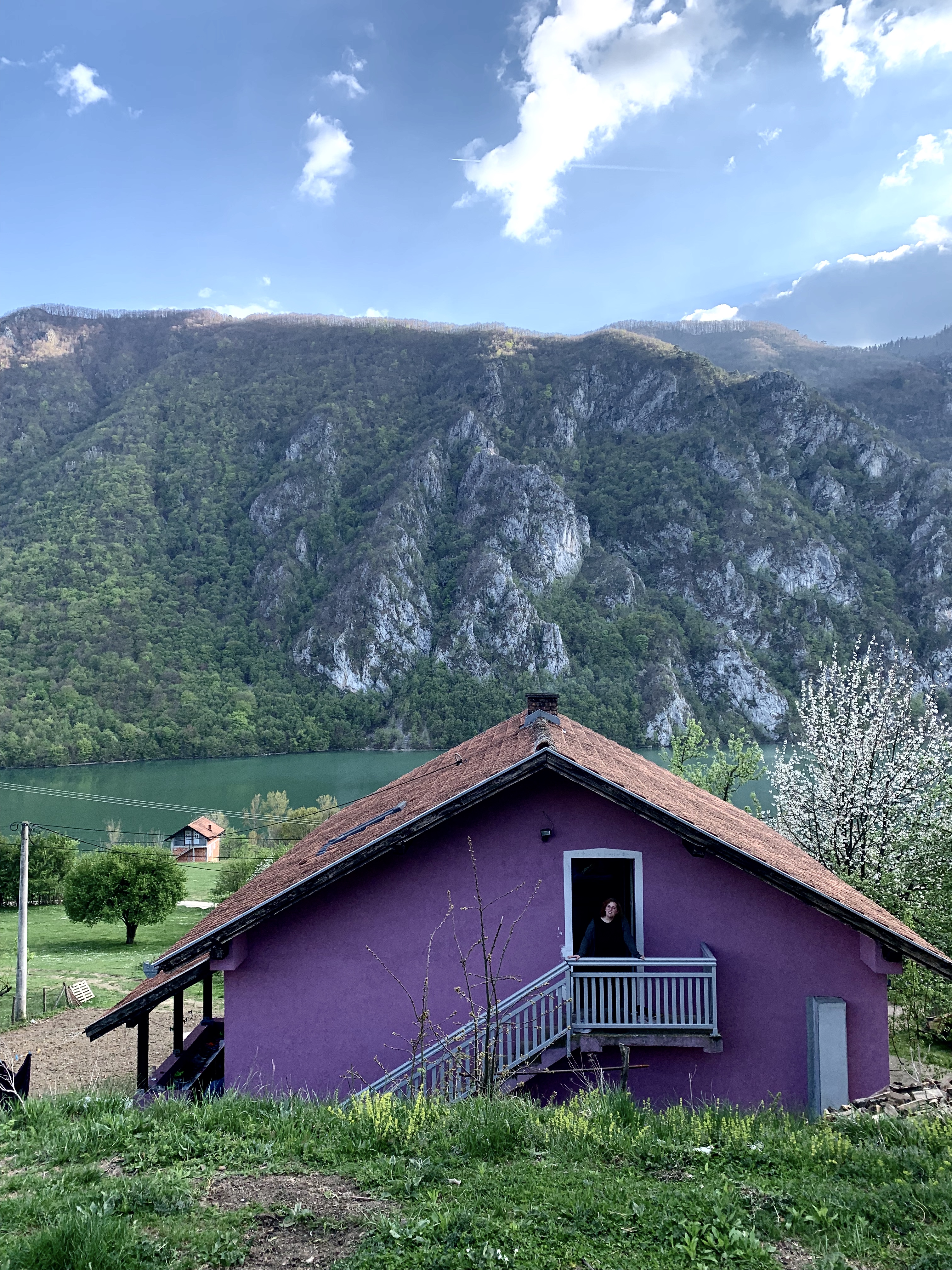
The house we stayed in in the village of Klotjevac

The view of the lake and Serbia across it in the village of Klotjevac
The beautiful hills of the village are dotted with ruins from former homes, where many families have not returned to rebuild. We were fortunate enough to stay with a family that did come back, and is trying to make the best out of living in a place that is home yet holds so many terrible memories. This family specifically escaped death by fleeing to a cave and hiding out there for two and a half months. They were kind enough to host us, feed us incredibly delicious food, take us out on the lake in boats, and speak to us through a translator about their experiences during the war.
On our first night there, my intense sadness was coupled with immense joy when they took us with them to put away their sheep. The son told us that we could pet the sheep and even hold them if we could catch the babies. I immediately took off like a shot and snagged a lamb, cuddling it close to my chest. After that, I picked up a few more lambs and handed them off to my classmates and professors for snuggles and photos.
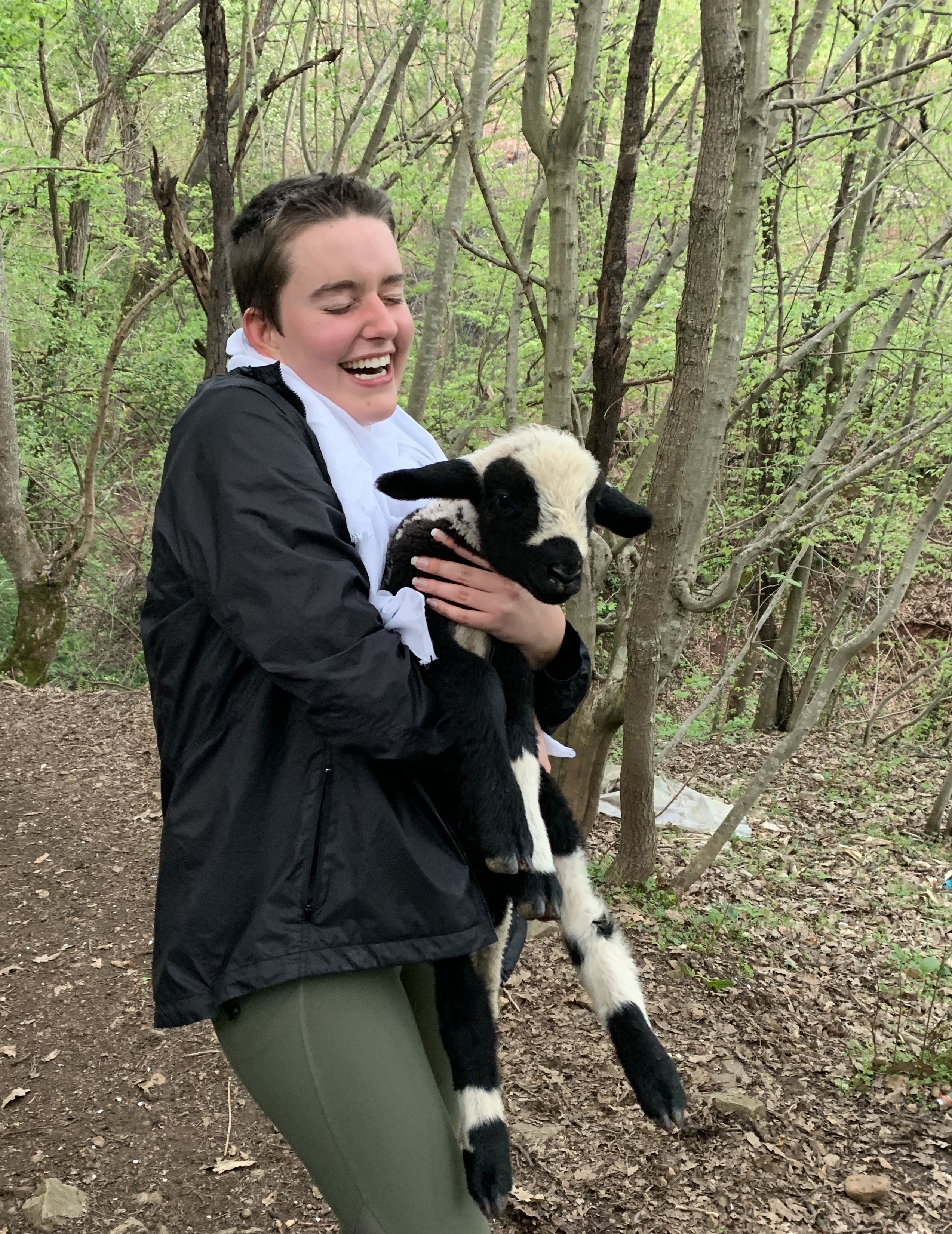
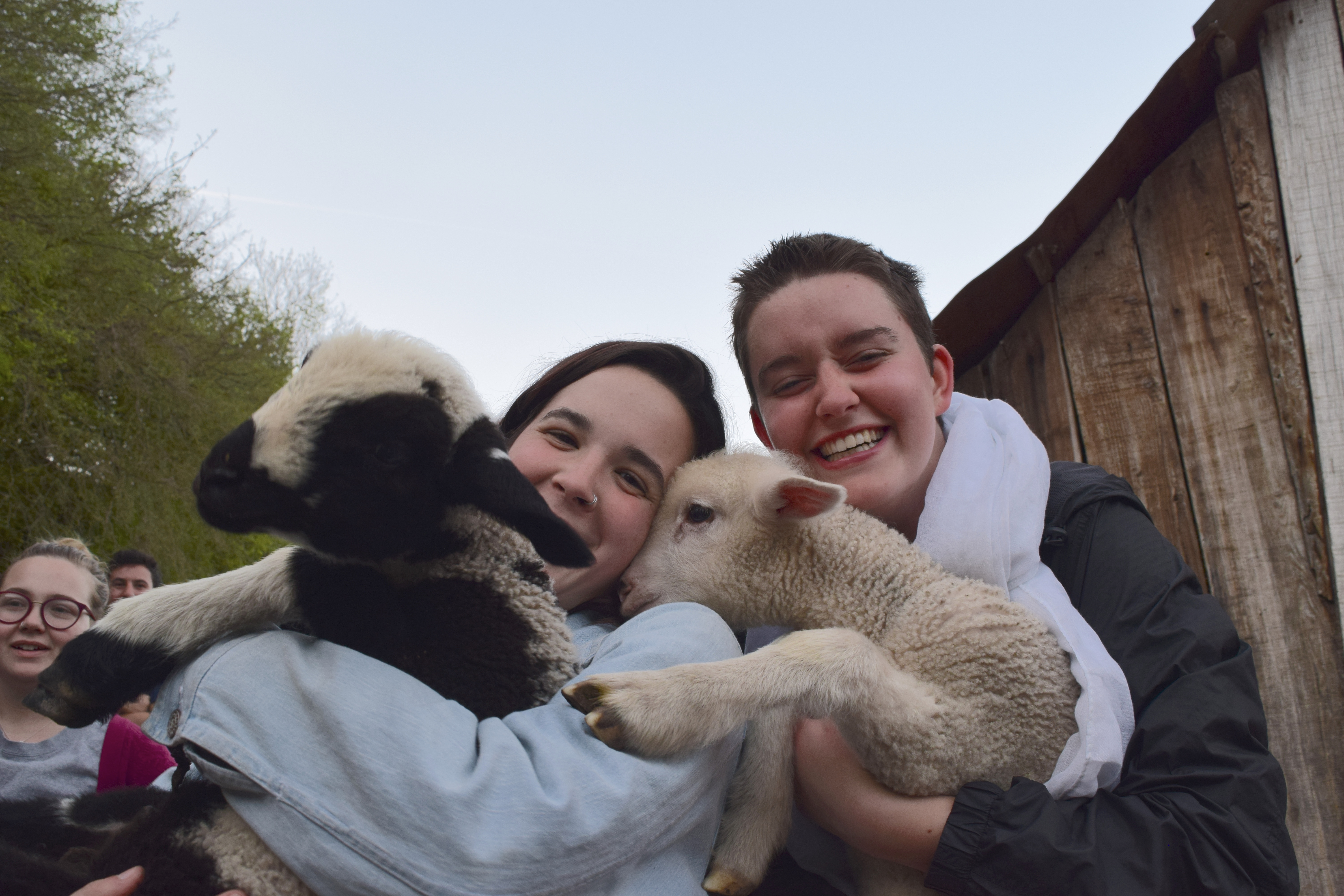
The following day found us lounging in the marvelous sun, discussing what we had seen the day before in a flower-dotted field, and enjoying delicious and hearty food fresh from the family’s fields.
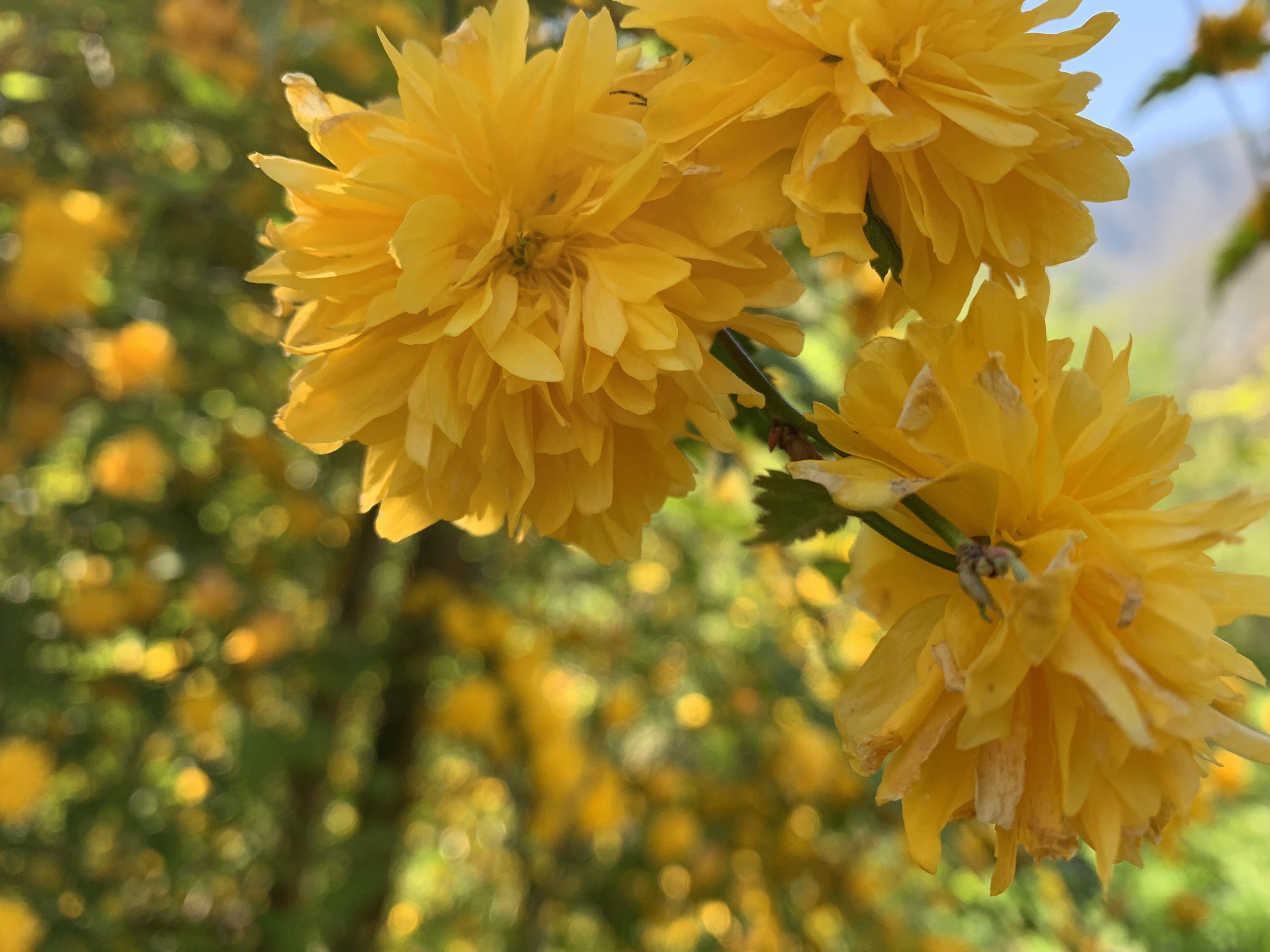
Flowers growing along the ruins of the old part of the village of Klotjevac

Having a group discussion below the cliff faces

Ruins of a former home in front of the beauty of the lake
After lunch that day, we were taken out on the lake in a couple of small boats. Some of my brave (or foolhardy) classmates swam in the super cold lake and jumped from rocks into the water below. I watched them and admired the tranquility of the lake from the boat.
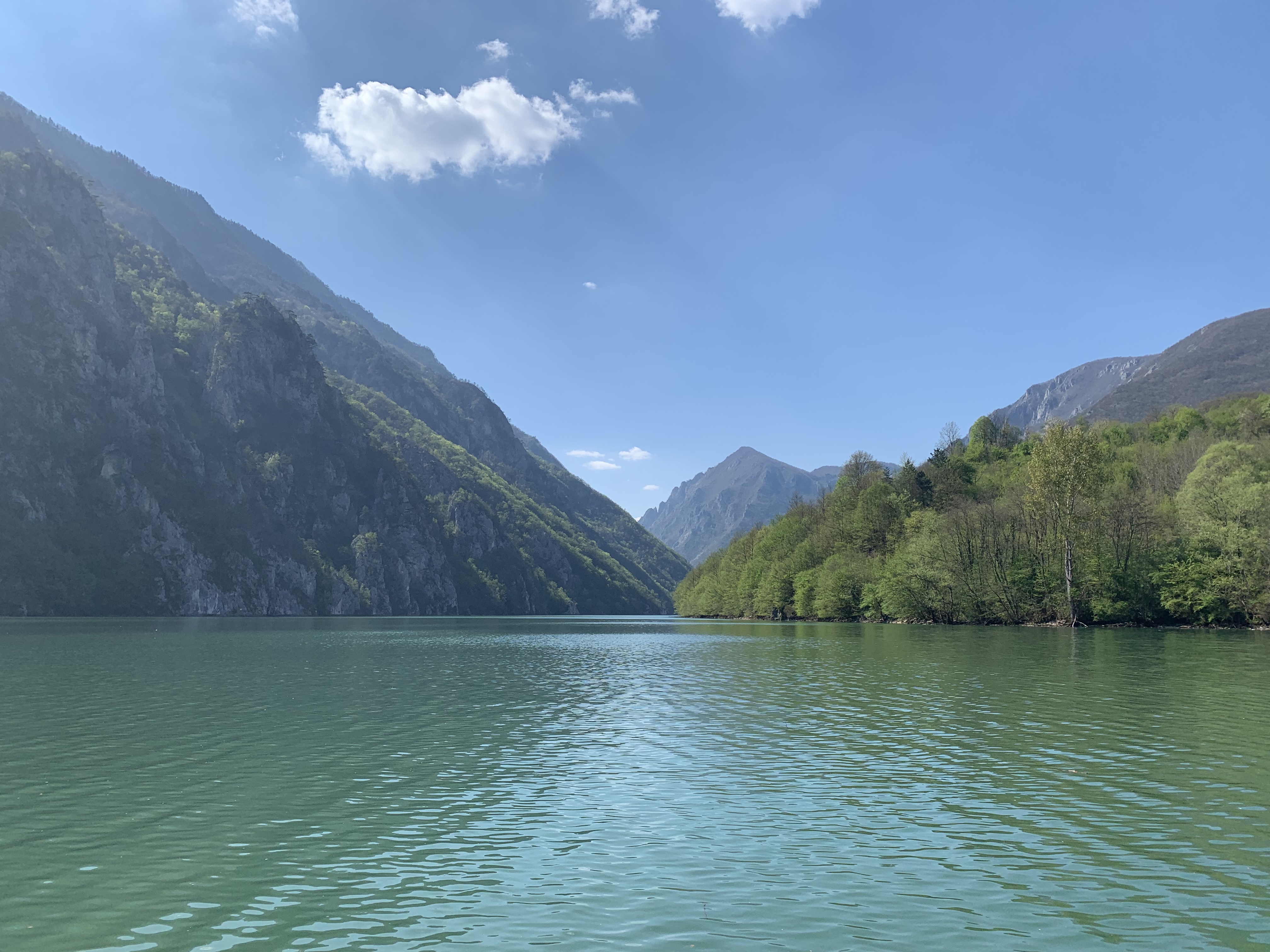
The view of Bosnia and Serbia from the middle of the lake

My classmates in the second boat
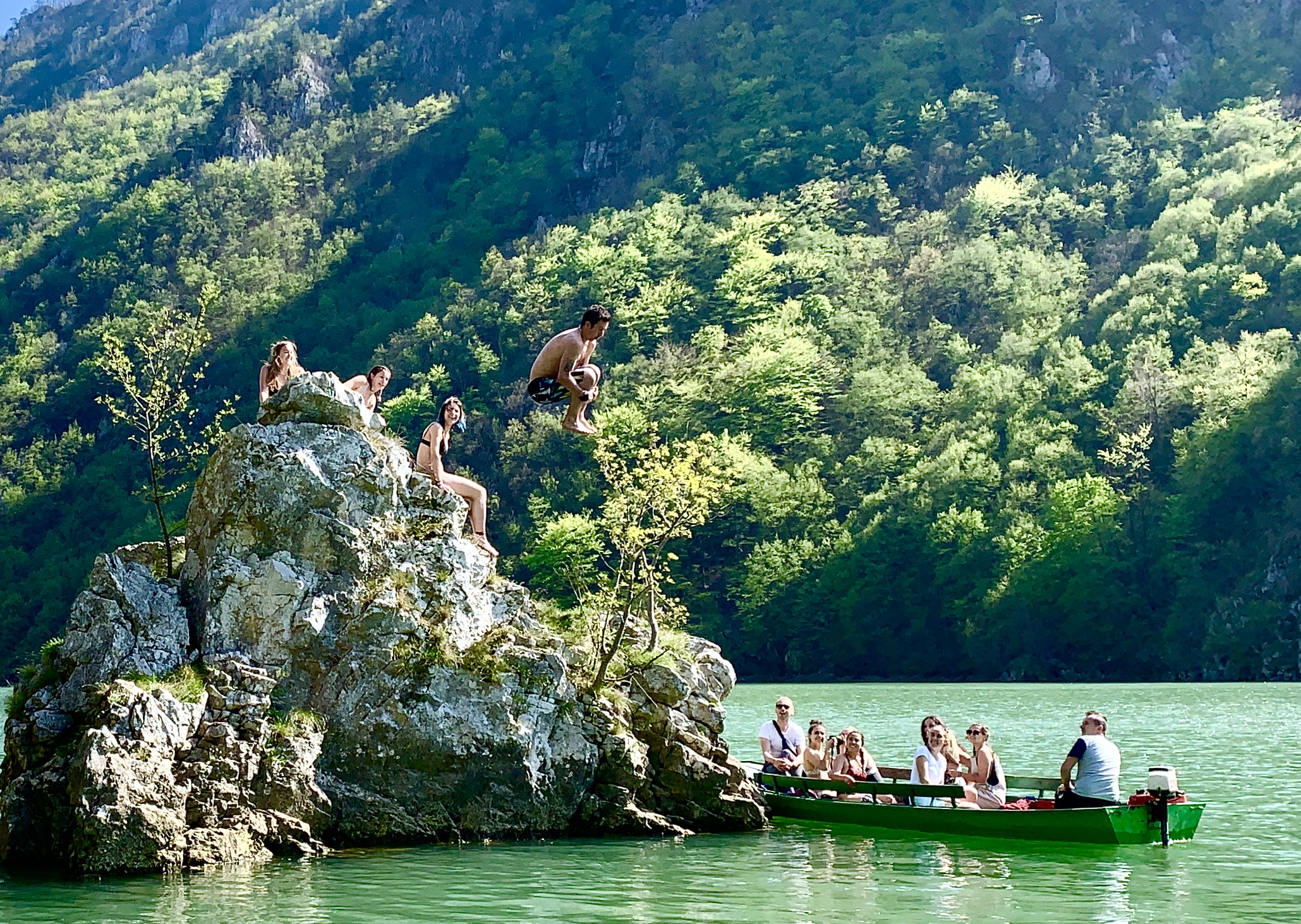
Joey cannon-balling into the lake
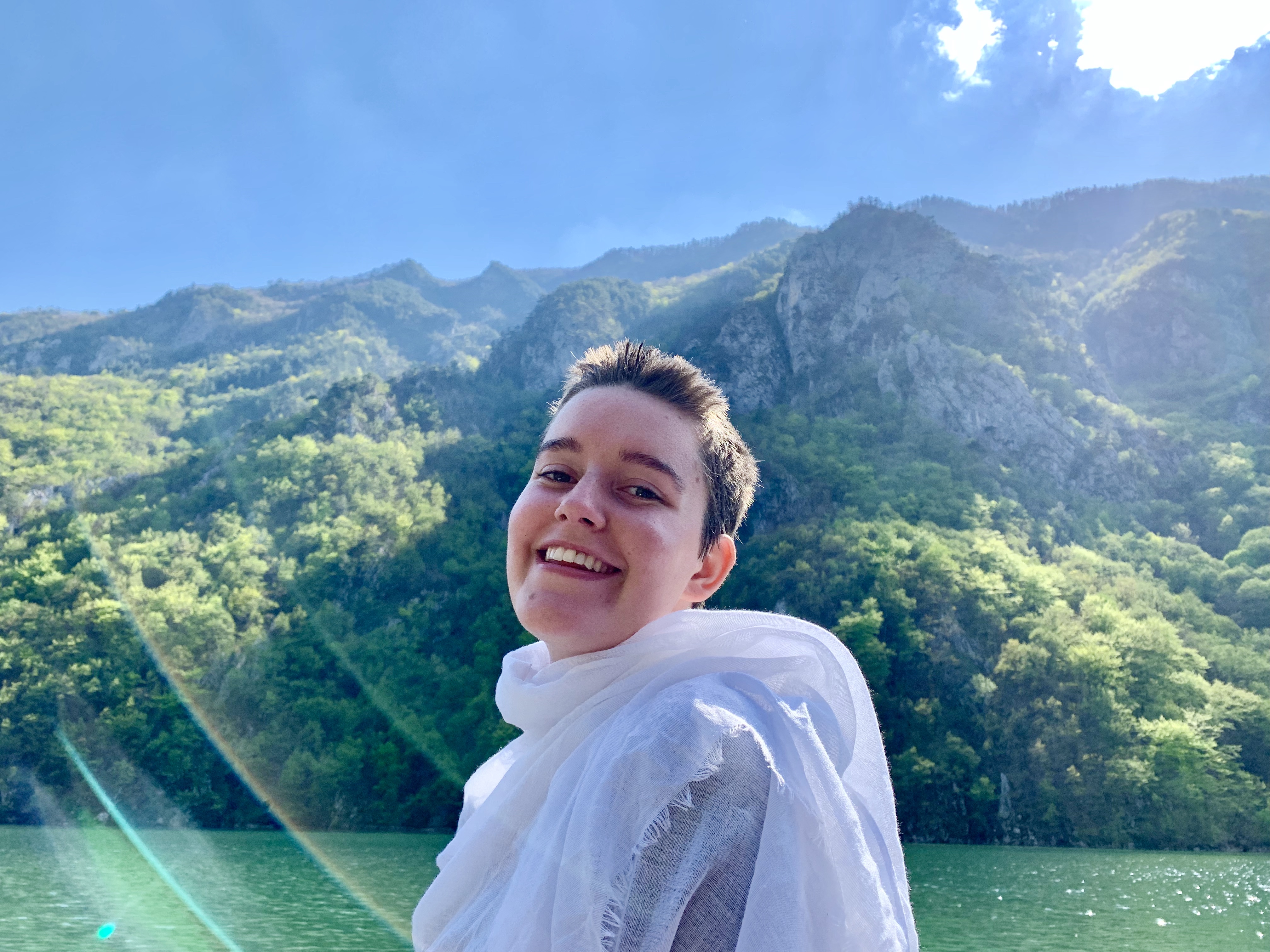
Our weekend in Klotjevac was one of the best that I have had while in LIU Global. It was challenging to reconcile the peace I felt in the village with the knowledge of what took place there, but I am thankful for the opportunity to visit and learn and try to understand what took place. Hearing of what happened here makes me want to jump in and try to fix the deep divisions that still exist in this country. It makes me want to push for better action in international organizations as well as hug individuals that have felt such pain. These experiences with Global have the ability to spur us to change the world, and it is for this that I am so immensely grateful.
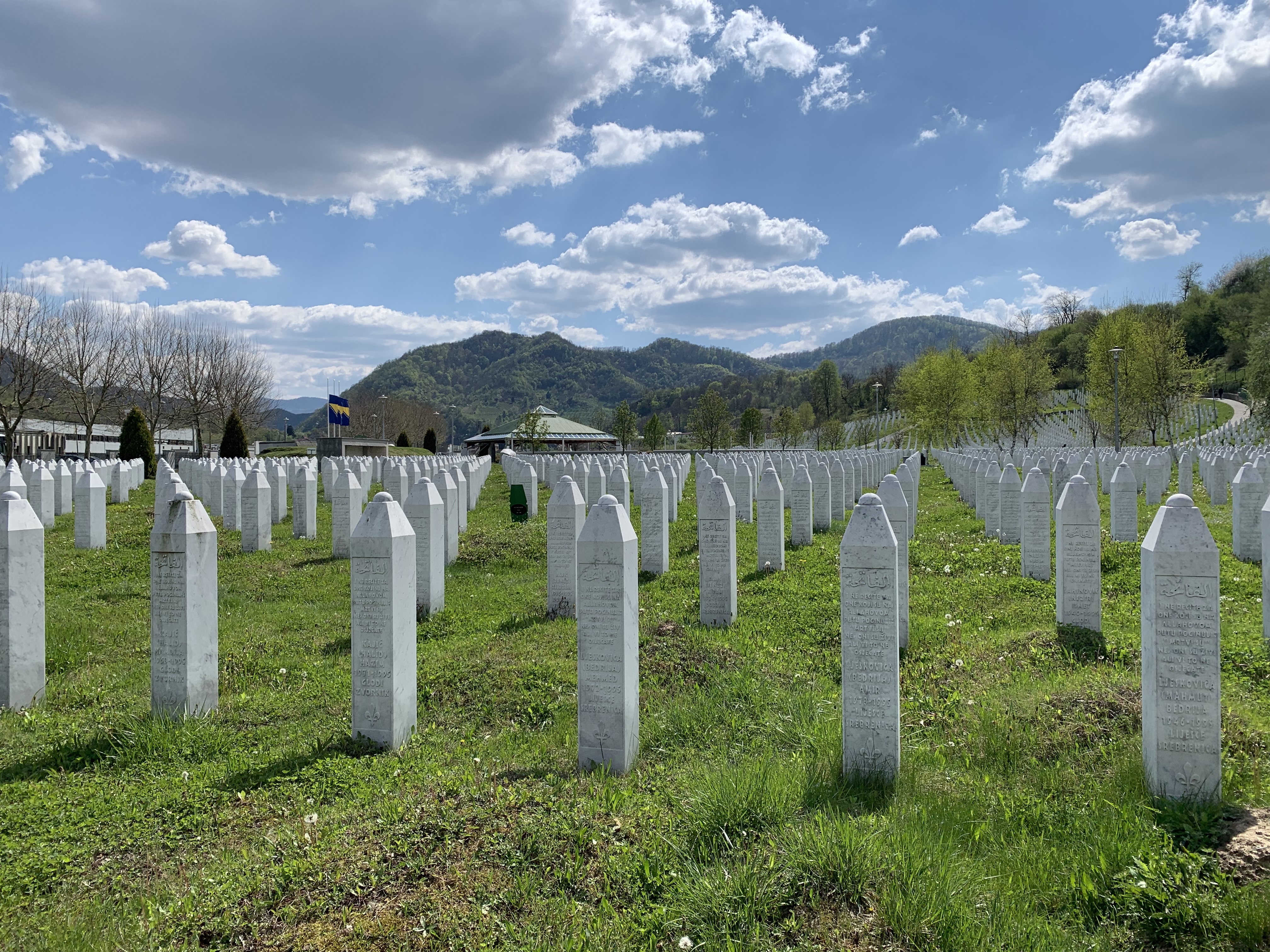

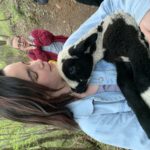
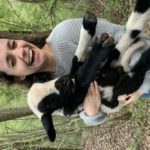
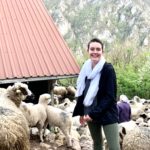
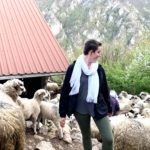
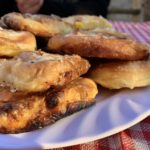
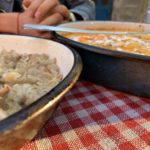
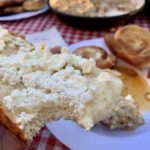

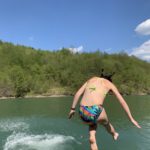
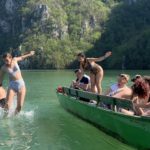
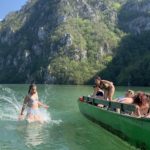
What an eye opening ad rewarding experience. You are definitely getting the education that most do not, what a totally unique adventure. Thank you for sharing. See you soon!!